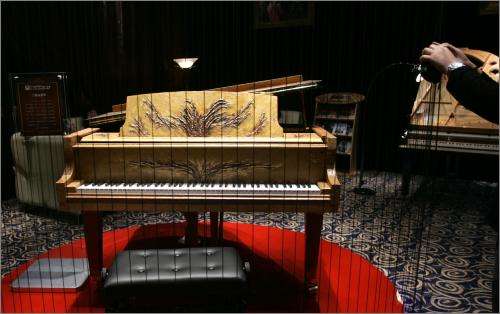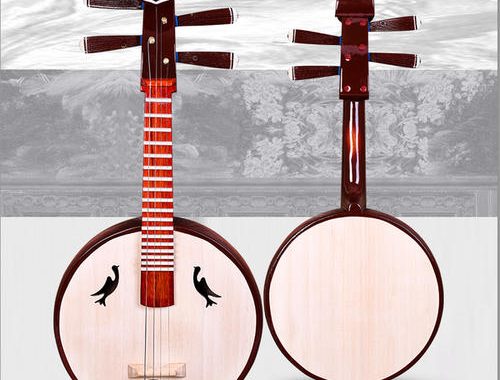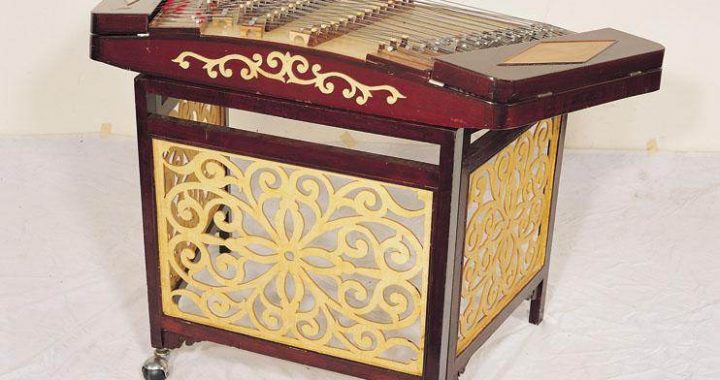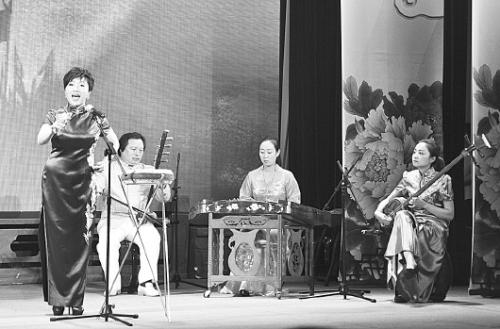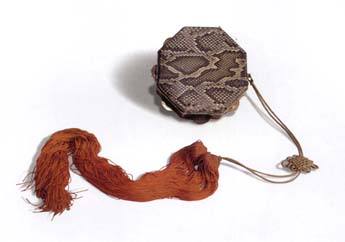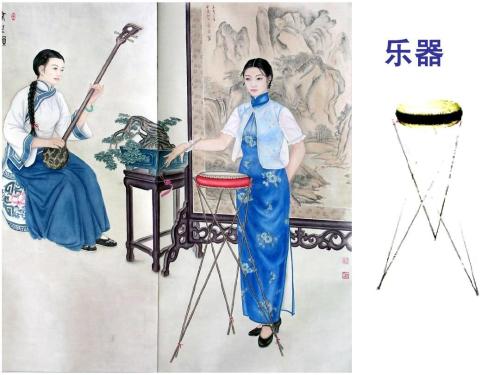Pottery fish-shaped xun (ocarinas)
4 min readfrom Huoshaogou, Yumen, Gansu Province
The pottery run (ocarina) is a common wind instrument that first appeared during China’s Neolithic Age.
They were generally made of fired clay. The oldest pottery xun discovered to date was excavated from a Hemudu Culture site in Zhejiang Province. It has only one fingering hole and is over 7000 years old. The xun has survived from the Neolithic Age to the present. The earliest examples are generally egg-shaped, al-though a few other forms, such as fish, have also been found. Later examples include numerous run shaped like human or animal heads. The Huoshaogou archeological site at Yumen, Gansu Province has yielded more than 20 fish-shaped xun of various sizes. These exquisitely formed artifacts are made of painted or plain pottery. They are shaped like flat, round fish with hollow ellipsoid bodies and whistle mouthpieces located where the fish’s mouth would be. Pierced with three fingering holes, they are capable of producing melodies.
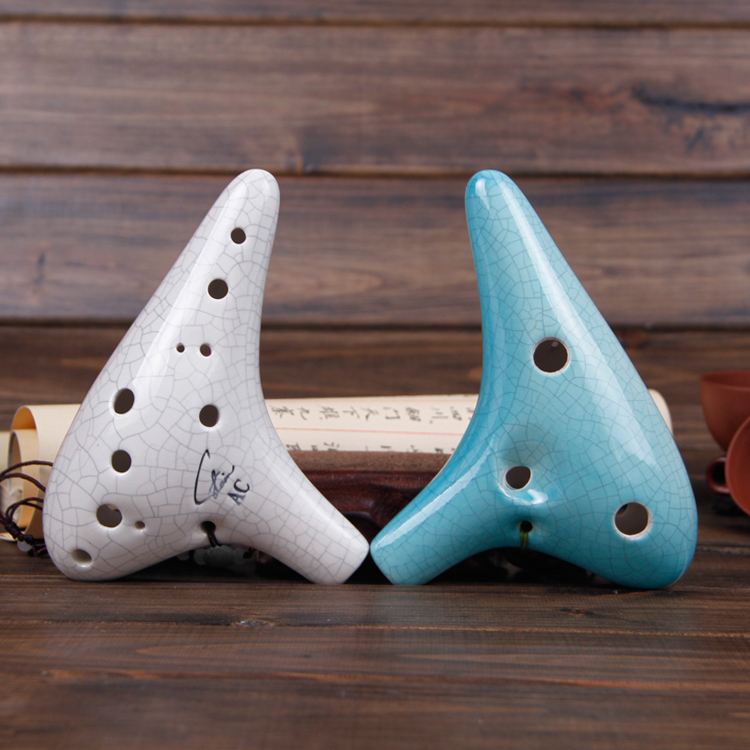
Taojiao (pottery horn)
from Lingyanghe, Ju County, Shandong ProvinceBrass wind instruments figure prominently among the major categories of musical instruments. Their earliest precursor was the animal horn, greatly appreciated for the loud tone it produced when blown.
Audible over long distances, the horn was a highly effective tool of the hunt. It was used extensively by an-cient hunting peoples, who started to make horns out of fired pottery.
The taojiao (pottery horn) reflects the maturation of the primitive musical instruments originally made out of animal horns. It is apparent that early Chinese musical instruments were based on natural objects such as animal horns. A pottery horn excavated at Lingyanghe, Ju County, Shandong Province resembles the horn of a domestic ox. Modeled by hand from clay, it produces a resonant but rather raucous hooting sound when blown.
Legend has it that the Yellow Emperor, the legendary ancestor of the Chinese people, went to war with Chi You, who had the supernatural power of flight. The Yellow Emperor made a great magic drum, and used the bone of the Thunder God as a drumstick. The thunderous sound produced by the magic drum could be heard hundreds of miles away. Chi You, deafened and unable to fly, was captured and bound and the Yel-low Emperor achieved ultimate victory.
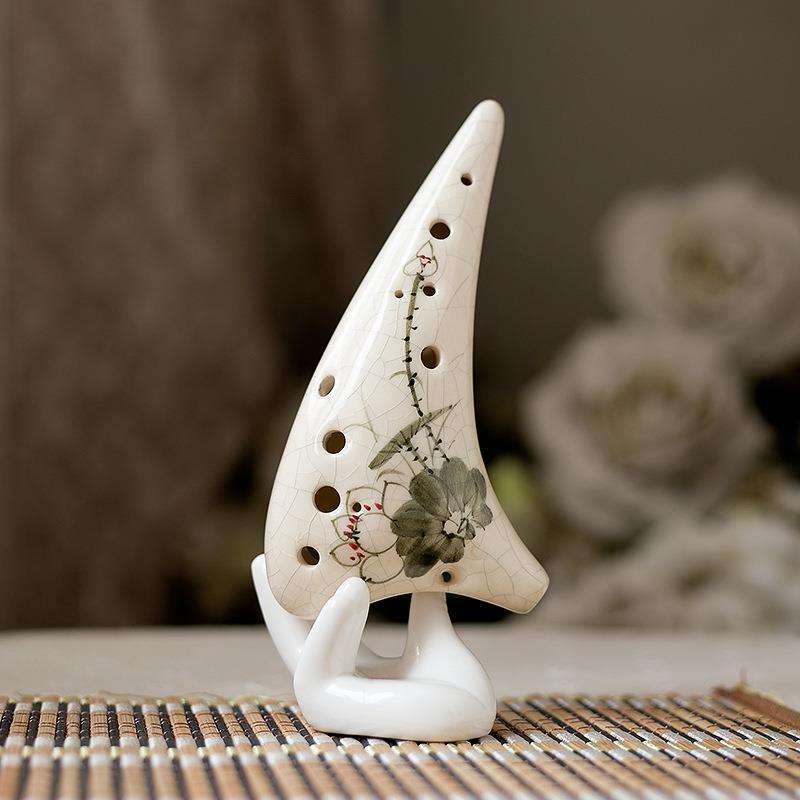
The drum is one of humankind’s earliest musical instruments, used extensively not only in China but also by prehistoric peoples throughout the world. Ancient Chinese documents dating back 2000 years contain descriptions of dozens of different kinds of drums. Chinese archeologists have excavated numerous types of prehistoric drums, with pottery and wooden drums the most common. Due to the short life of wooden artifacts, pottery drums constitute the majority of surviving examples. Pottery drums constructed of fired clay, also known as earthenware drums, have been found primarily at Neolithic sites in Gansu, Qing-hai, Henan, and Shandong provinces. In 198 5, a set of nine pottery drums of three sizes and shapes was excavated at Yongdeng County, Gansu Province. Each of the painted pottery drums in the set consists of three parts: a large trumpet-shaped head with nubs evenly fixed around the outside of the rim, a tubular body, and a small cylindrical end. The drum has a smooth surface covered with red and black designs. It is believed that the drumhead of the pottery drum was made of green hide that was stretched over the frame and laced onto the nubs surrounding the rim. After the hide dried and tightened, the drumhead would produce a thumping sound when struck. A strap was attached to two rings on the body of the drum and used to suspend it from the player’s waist, much like today’s waist drum. The large and small drumheads of the pottery drum were struck alternately to produce high and low tones, creating an exciting effect.
Taogu (pottery drum)
from Yongdeng, Gansu Province The Wuyang bone flutes represent one of the most important discoveries of Chinese musical archeology.
This type of flute, generally made from the wing bone of a large bird, was played either vertically or obliquely. During 1986 and 1987 , Chinese archeologists excavated 25 bone flutes estimated to be 7800 to 9000 years old from the Jiahu Neolithic site in Wuyang County, Henan Province. The flutes are yellow-brown in color and fairly uniform in construction. Most have seven fingering holes, and are capable of producing melodies in the modern heptatonic scale. These bone flutes are the most ancient Chinese musical instruments discovered to date, as well as China’s earliest melodic instrument. Extensive study of the Wuyang bone flutes could result in a new understanding of the history of ancient Chinese music and civilization. These artifacts demonstrate to the world that the ancestors of the Chinese people, liv-ing in the Yellow River valley during the early Neolithic Age, were already utilizing the heptatonic scale and possessed a highly evolved prehistoric musical culture that was in the vanguard of human musical development.
